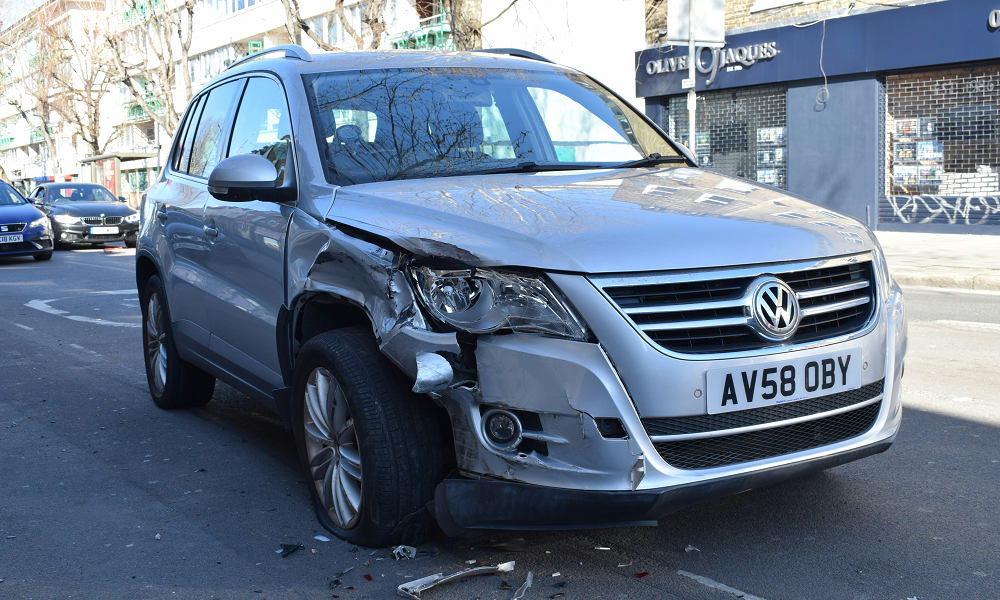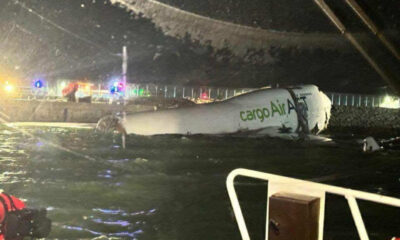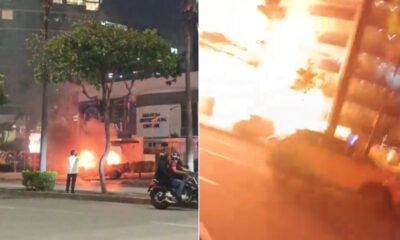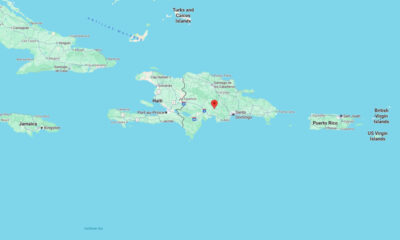Legal
How to Use Settlement Proposals in Car Accident Negotiations

With an estimated $1 billion in annual losses due to motor vehicle crashes, accurately valuing damages is crucial for securing fair compensation. A seasoned Fishers car accident attorney can help you navigate this process. If you’ve sustained car accident injuries in Fishers, Indiana, opting for legal aid is par for the course.
In Indiana, car accident settlements often involve complex negotiations between insurance companies and plaintiffs. Understanding how to effectively use settlement proposals can significantly impact the outcome of your case.
Car crashes in Fishers, Indiana, have the potential to drastically change a person’s life by causing pain and emotional distress and causing difficulties for those involved in the incident. Securing compensation during negotiations after such incidents occurs is vital for all parties concerned. In this article, you will find tips on constructing settlement proposals that effectively achieve just compensation.
Understanding Settlement Proposals
Settlement offers act as proposals that outline the amount of compensation being requested from the party for the incident or wrongdoing. These written materials are key in the negotiation phase as they present an argument for the specified amount. They provide a breakdown of the losses suffered, both concrete and abstract. They provide a foundation for the requested compensation.
Components of a Strong Proposal
An effective settlement offer comprises multiple components. To start with, a definite description of the incident, including the date and time of occurrence and location, is necessary. Subsequently, outlining the injuries suffered backed by documentation and invoices is vital. Moreover, detailing the income loss due to an inability to work offers proof of consequences.
Gathering Necessary Documentation
Solid documentation is key to crafting a settlement offer. Requesting records and bills helps validate injury claims. Getting repair estimates or invoices, for car damage supports property loss claims. Providing pay stubs or employer statements confirms wage loss.
Crafting a Persuasive Narrative
A well-crafted narrative effectively conveys the impact of the accident and subsequent injuries on daily life. It should highlight personal experiences, emphasizing the struggles faced during recovery. Describing limitations and setbacks encountered paints a vivid picture of the hardships endured. This personalized account fosters empathy and understanding from the negotiating party, potentially leading to a more favorable outcome.
Determining a Fair Compensation Amount
Determining the compensation amount requested involves deliberation and analysis of various factors. Assessments of costs and income losses well, as property damages serve as a solid foundation for beginning the calculation. Incorporating damages like distress and pain necessitates a more thorough subjective evaluation. Seeking advice from experts can provide perspective on compensation estimates in line with past cases.
Submitting the Proposal
After preparing the proposal, the next step is to submit it to the parties involved in the process. This usually means sending it to the insurance company that represents the party at fault. Sending the proposal through certified mail or another traceable method helps in confirming its delivery.
Negotiation Tactics
Negotiating effectively involves planning and a calm attitude during discussions, which is crucially important, too. It’s essential to back up your arguments with evidence and documented losses to reinforce your negotiating stance. Sometimes, being willing to adjust your demands while standing firm on issues shows a readiness to compromise. Good communication and respectful behavior usually result in successful negotiations.
Considering Counteroffers
Getting a counteroffer during settlement talks is quite normal in negotiation discussions. Revisiting the proposal and scrutinizing the counteroffer can assist in making thought-out choices. Recognizing areas for agreement and disagreement can be useful when formulating a possible counteroffer. It’s important to stay committed to reaching a fair resolution while also being open to possible modifications to nurture a cooperative negotiation environment
Finalizing the Settlement
After both sides come to an agreement, settling the deal requires signing a liability release form. This important legal paper guarantees that the arranged sum will be disbursed and there won’t be any claims afterwards. It’s crucial to go through the terms of the settlement before signing. Getting advice from an expert at this point can offer peace of mind and understanding.
Conclusion
To effectively handle discussions after a car crash incident involves presenting a settlement proposal in advance with attention to detail in each aspect of the process. From collecting paperwork to constructing a compelling storyline that supports your case convincingly. Having patience during negotiations and employing tactics while also being open to offers can significantly improve the negotiation experience. In the end, the product of a settlement lies the key to easing the repercussions of car accidents and offering assistance for recuperation purposes.

-

 World2 days ago
World2 days agoCargo plane plunges into sea at Hong Kong airport; 2 killed
-

 Business6 days ago
Business6 days agoYouTube restores service after widespread global outage
-

 Legal16 hours ago
Legal16 hours agoMan armed with AR-15 arrested after threats to ‘shoot up’ Atlanta airport
-

 Health2 days ago
Health2 days agoMexico reports new human case of H5 bird flu
-

 World7 days ago
World7 days agoCar bomb explodes near shopping mall in Ecuador’s largest city
-

 World4 days ago
World4 days agoEstonia permanently closes road through Russian territory
-

 World19 hours ago
World19 hours agoMagnitude 5.0 earthquake rattles Dominican Republic
-

 World5 days ago
World5 days agoU.S. Special Operations helicopters spotted near Venezuela




